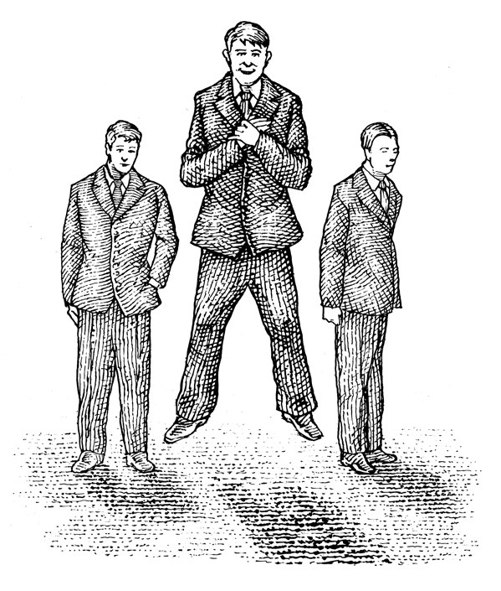A Field Guide to Lucid Dreaming (3 page)
Read A Field Guide to Lucid Dreaming Online
Authors: Dylan Tuccillo,Jared Zeizel,Thomas Peisel

up-and-down charting of ink on his polysomnograph machine.
Worsley looks the same as any sleeper does—eyes closed, chest ris-
ing and falling. It’s almost 8:00 a.m., and so far there is nothing
out of the ordinary about this quiet Saturday morning. But in just
a few minutes something incredible will occur.
At this very moment, these two scientists are attempting to
make a discovery that will change history. They are trying to prove
scientifically an esoteric ability that humans have known about for
centuries: We can be consciously awake inside our dreams.
An obvious obstacle stands in the way of this would-be break-
through: How can such a strange and ridiculous claim be proven?
Worsley has experienced plenty of lucid dreams before. It won’t be
hard for him to become conscious inside of his own dream. But
how does he prove that he’s lucid? It’s not as if Worsley can bring
a camera into the dream world and bring back some Polaroids. To
prove such an ability, our researchers will need a way to commu-
nicate from the dream world back to the waking world. They need
=
3
<
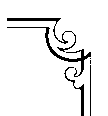
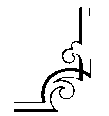
some sort of phone line, a way for Worsley to “call” Hearne and
tell him he’s dreaming.
Since this feat has never been pulled off by modern science,
these two men cannot rely on past experiments to figure out how
to do it.
They are all alone, navigating the uncharted fringes of science.
Luckily, Hearne and Worsley have an idea.
A few basic scientific facts helped develop their clever theory.
You see, while our minds are active during a dream, our physi-
cal bodies are turned off. The body is essentially paralyzed when
we venture off to the Land of Nod; the motor neurons in our
brains are not stimulated,
and the body’s muscles are
In the dream I entered my house at night.
dormant. This is a normal
I flipped the switch to turn on the kitchen
state known as sleep ato-
lights. The lights did not come on (a com-
nia. Fortunately there are
mon problem in my dreams). It caused
me to ask whether I was dreaming or
two parts of the body that
not, which I knew the answer to imme-
remain unaffected by the
diately. I proceeded into the house now
paralysis: the diaphragm,
fully aware that I was dreaming. I saw my
so we can keep breathing,
brother. I remembered that my objective
and the eyes. Our hotshot
tonight was to interact more with dream
scientists came into the lab
characters. —RIchaRd V. W.
that day with a hypoth-
esis: if Worsley moved his
eyes back and forth inside the dream world, the physical eyes of
his sleeping body would echo the same pattern of eye movement.
The eyes would be the phone line, a way to communicate between
these two worlds.
=
4
<
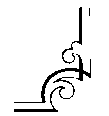
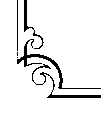
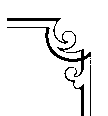
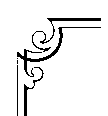
I’m in a high-rise apartment building with glass windows. a vil-
lain taunts me outside. he’s flying on some sort of skateboard
device. Realizing the absurdity of the situation I realize that I’m
dreaming. “I’m dreaming!” I think to myself and I jump out of
the building wearing nothing but swimming shorts. I fly toward
him, trying to catch up. he is much faster than I am, but I’m able
to mirror his movements and keep up with him. We chase each
other, weaving around and in between buildings. I can read his
subtle movements like we’re two birds chasing after each other.
I put my head down and fly in a straight line no longer follow-
ing his lead. I grab ahold of him! holding the back of his flying
device I fling him high into the air. Not sure what happened to
him after that. I wake up. —MIguel h.
At 8:07 a.m., Worsley finds himself in a dream, aware that he
is dreaming and that his physical body is lying unconscious in the
waking world. He then carries out specific, agreed-upon eye pat-
terns—left to right eight times—in order to signal to the lab that
he is in fact dreaming and doing so consciously. “The signals were
coming from another world—the world of dreams,” wrote Hearne,
“and they were as exciting as if they were coming from another
solar system in space.” The EEG readout confirmed it, charting
Worsley’s brain activity: he was physically asleep, yet he was aware
enough to signal back to the laboratory. He was lucid dreaming.
Three years later, a man named Stephen LaBerge would con-
duct a similar test at Stanford University. Without any knowledge
=
5
<

of Hearne’s experiments, LaBerge completed his doctoral disserta-
tion, trying to prove the same thing: Conscious dreaming was not
hogwash, but an actual, provable experience. Using the same eye-
signaling technique, he too was successful. More tests were done
to confirm the findings, and the news spread. There was now sci-
entific proof of what the ancients had been telling us for centuries.
We can be awake in our dreams.
Becoming Aware
Before we talk about the fine subtleties of dream adventures,
let’s take a step back and ask the obvious question: What
exactly is a lucid dream? A lucid dream is one in which you become
aware that you’re dreaming. Not to be confused with a very vivid
dream, a lucid dream is the present moment realization that you’re
dreaming, a sudden self-reflective epiphany of, “Wait a second . . .
I’m dreaming!” You may notice that you’re in a location that would
normally be impossible (Wait, how did I get to Hawaii?) or per-
haps you stumble upon something absolutely absurd (Is that an
ostrich driving a car?). Maybe your trigger has more to do with
O-NEIR-O-NAUT-ICS
Oneironaut
is derived from two greek words,
oneira
meaning “dreams” and
nautis
meaning “sailor.” an oneironaut is someone who has learned to travel
consciously in the dream world, exploring its terrain with a high degree of
clarity and awareness.
=
6
<
